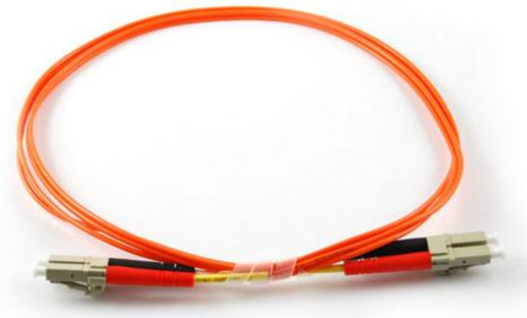Oufu Optical Fiber Cable Co.,Ltd
Address: Shenyang, Liaoning, China
Contact person: Manager Zhang
Phone: 400-964-1314
Mobile phone: +86 13904053308
【whatsapp && wechat】
2024-10-07 3515

Identifying Common LC Duplex Connector Issues
Before diving into the troubleshooting process, it's essential to recognize the most frequent issues associated with lc duplex connectors:www.adsscable.cn
Insertion Loss: This occurs when there is significant signal attenuation due to improper alignment or contamination of the fiber ends.
Return Loss: Caused by reflections at the connector interface, it can degrade signal quality and reduce overall network performance.
Connector Damage: Physical damage to the connector housing or ferrule can lead to signal loss and connectivity issues.
Contamination: Dust, dirt, or oil on the fiber end faces can cause signal degradation and increase insertion loss.
Improper Installation: Incorrect mating or latching of lc duplex connectors can result in loose connections and signal disruptions.
Troubleshooting Steps
Visual Inspection: Begin by visually inspecting the connector for any signs of damage or contamination. Use a fiber optic microscope to examine the end faces of the fibers for scratches, cracks, or debris.
Cleanliness Check: Ensure that the fiber end faces are clean by using a lint-free wipe and an appropriate cleaning solution. Avoid using abrasive materials or harsh chemicals that could damage the fiber.
www.adsscable.cn
Alignment Verification: Check the alignment of the fiber ends within the connector. Misalignment can be caused by bent fibers or damaged ferrules. If necessary, replace the connector or use a fiber optic alignment tool to correct the alignment.
Insertion and Return Loss Testing: Utilize a fiber optic test kit to measure insertion and return loss. These measurements will help identify any significant signal degradation that may require further investigation.www.adsscable.cn
Connector Mating and Latching: Verify that the lc duplex connectors are properly mated and latched. Ensure that the latch mechanism is securely engaged to prevent accidental disconnection.
Repairing LC Duplex Connectors
If troubleshooting reveals that the connector is damaged or beyond repair, replacing it is often the best solution. Here are some steps to guide you through the repair process:
Disconnect the Fiber Cable: Carefully disconnect the fiber cable from the equipment or network, ensuring that no tension is applied to the fiber during the process.
Cut and Strip the Fiber: Use a fiber optic stripping tool to remove the outer jacket and buffer layer of the fiber cable, exposing the bare fiber.
Clean and Polish the Fiber: Clean the exposed fiber end using a lint-free wipe and cleaning solution. Then, polish the fiber end using a fiber optic polishing kit to achieve a smooth, flat surface.
Install the New LC Duplex Connector: Carefully align the fiber within the connector ferrule and use a crimping tool to secure it in place. Ensure that the connector housing is properly assembled and latched.
Test the New Connection: Reattach the fiber cable to the network and use a fiber optic test kit to verify that the new connection meets the required specifications for insertion and return loss.
Conclusion
Troubleshooting and repairing lc duplex fiber optic connectors requires a combination of technical expertise, precision, and attention to detail. By following the steps outlined in this article, you can effectively identify and resolve common issues, ensuring that your fiber optic network remains robust and reliable. Remember, the key to successful troubleshooting and repair is prevention—regularly inspect and clean your connectors to minimize the risk of issues arising in the future.